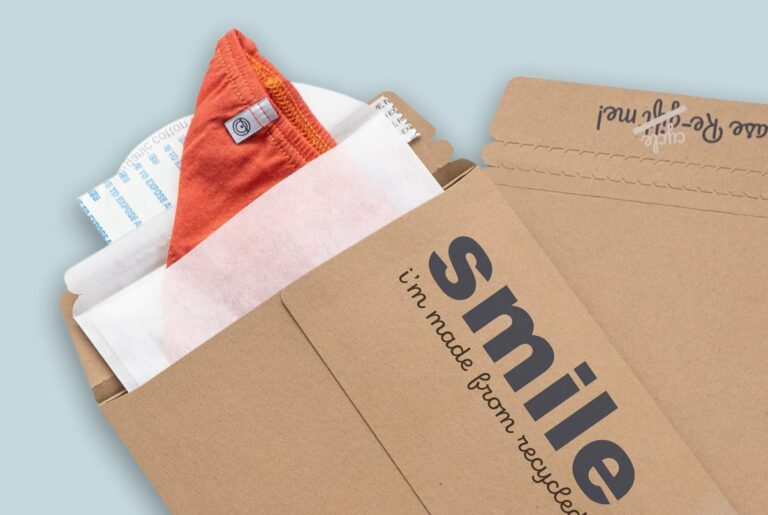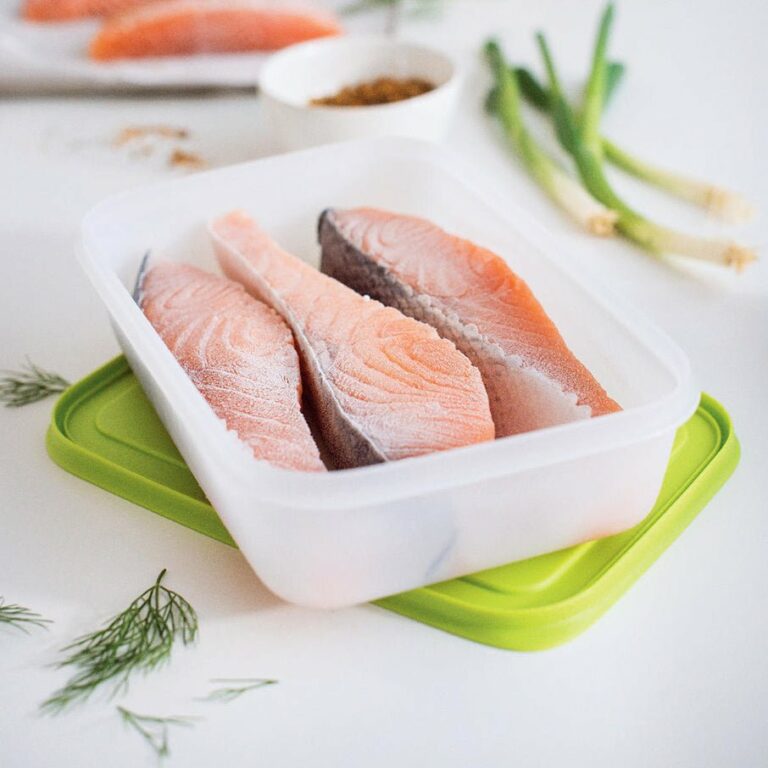Fly Ash Concrete Blocks: Sustainable And Strong
If you’ve ever wondered how to make a strong and sustainable building material, the answer lies in one word: fly ash. By utilizing this byproduct of coal-fired power plants, a revolutionary innovation has emerged – concrete blocks made of fly ash. These blocks are not only environmentally friendly but also possess outstanding strength and durability. With the ability to reduce the carbon footprint in construction while maintaining structural integrity, concrete blocks made of fly ash are changing the game in the building industry. Let’s delve deeper into this groundbreaking development and explore the benefits it brings to the table.
Fly Ash Concrete Blocks
Concrete blocks, also known as cinder blocks or concrete masonry units (CMUs), are widely used in construction due to their strength, durability, and cost-effectiveness. Traditionally, these blocks are made using Portland cement as a binder. However, in recent years, there has been a growing interest in exploring alternative materials that can reduce the environmental impact associated with cement production. One such material is fly ash, a byproduct of coal-fired power plants. In this article, we will delve into the world of concrete blocks made of fly ash, exploring their benefits, manufacturing process, and potential applications.
1. What is Fly Ash?
Fly ash is a fine, powdery substance that is generated during the combustion of pulverized coal. It is carried away in the flue gases and collected using electrostatic precipitators or other pollution control devices. In the past, fly ash was considered a waste material and disposed of in landfills. However, with advancements in technology and increased environmental awareness, fly ash is now being recognized as a valuable resource for various applications, including the production of concrete blocks.
Fly Ash Composition
Fly ash primarily consists of silicon dioxide (SiO2), aluminum oxide (Al2O3), and iron oxide (Fe2O3), along with smaller amounts of calcium oxide (CaO), magnesium oxide (MgO), and other trace elements. The composition of fly ash can vary depending on the type of coal burned and the combustion conditions.
2. Benefits of Using Fly Ash in Concrete Blocks
Using fly ash as a partial replacement for Portland cement in concrete blocks offers several advantages, both from an environmental and performance standpoint.
Environmental Benefits
- Reduced carbon dioxide emissions: By substituting fly ash for cement, the amount of carbon dioxide released into the atmosphere during the manufacturing process is significantly reduced. This helps mitigate climate change and reduces the carbon footprint associated with construction projects.
- Utilization of industrial waste: Incorporating fly ash into concrete blocks provides a sustainable solution for the disposal of this abundant byproduct. By diverting fly ash from landfills, we can minimize environmental degradation and make the most of this valuable resource.
- Conservation of natural resources: Cement production requires large amounts of limestone and other raw materials. By using fly ash, we reduce the dependency on these finite resources, promoting a more sustainable construction industry.
Performance Benefits
- Increased strength and durability: Fly ash enhances the strength and durability of concrete blocks, making them more resistant to cracking, shrinkage, and deterioration caused by harsh environmental conditions.
- Improved workability: The addition of fly ash improves the workability of concrete mixtures, making them easier to handle during the manufacturing process. This can lead to increased productivity and reduced labor costs.
- Better insulation properties: Concrete blocks incorporating fly ash typically exhibit improved thermal insulation properties, helping to reduce energy consumption and enhance the comfort of buildings.
3. Manufacturing Process of Fly Ash Concrete Blocks
The manufacturing process of concrete blocks made of fly ash is similar to that of traditional concrete blocks. However, certain considerations need to be taken into account to optimize the use of fly ash.
Raw Materials
The main ingredients for producing fly ash concrete blocks include fly ash, aggregates (such as sand and gravel), water, and a small amount of cement. The proportions of these materials may vary depending on the desired characteristics of the blocks.
Mixing
The fly ash, aggregates, cement, and water are mixed together in a concrete mixer until a uniform consistency is achieved. The mixing time and speed should be carefully controlled to ensure proper distribution of the materials and achieve optimal strength.
Molding
The mixed concrete is then transferred to a block-making machine, where it is molded into the desired shape and size of the blocks. The molds can be customized to produce different types of blocks, such as solid blocks, hollow blocks, or interlocking blocks.
Curing and Drying
After molding, the blocks are subjected to a curing process, which involves keeping them in a controlled environment for a specific period. This allows the concrete to gain strength and durability. Once cured, the blocks are dried to reduce moisture content and prepare them for storage or transportation.
4. Applications of Fly Ash Concrete Blocks
Fly ash concrete blocks find applications in various construction projects. Their versatility and eco-friendly nature make them suitable for a wide range of uses.
Residential Construction
- Load-bearing walls: Fly ash concrete blocks are commonly used in load-bearing walls due to their strength and durability. They provide structural support and can withstand heavy loads.
- Partition walls: The thermal insulation properties of fly ash concrete blocks make them ideal for constructing partition walls, enhancing energy efficiency and soundproofing within buildings.
- Exterior cladding: Fly ash concrete blocks can be used for exterior cladding, providing an aesthetically pleasing finish while improving insulation.
Commercial and Industrial Construction
- Warehouses and industrial buildings: Due to their high load-bearing capacity, fly ash concrete blocks are suitable for constructing warehouses and industrial buildings that require robust structural elements.
- Office complexes: Fly ash concrete blocks can be used in the construction of office complexes, providing a durable and sustainable solution.
- Retail spaces: The versatility of fly ash concrete blocks makes them suitable for retail spaces, allowing for flexible layouts and efficient construction.
Faqs for Fly Ash Concrete Blocks:
A concrete block made of fly ash is a type of building material that is manufactured using fly ash, a waste product produced by coal-fired power plants. It is a sustainable alternative to traditional concrete blocks as it reduces the environmental impact by utilizing a byproduct that would otherwise be disposed of in landfills.
Concrete blocks made of fly ash offer several advantages. Firstly, they help in reducing carbon emissions and decrease the demand for natural resources by using a waste material. Additionally, they have good thermal insulation properties, are durable, and provide better fire resistance compared to conventional concrete blocks.
Yes, concrete blocks made of fly ash can be used in various construction projects including residential, commercial, and industrial buildings. They are suitable for both load-bearing and non-load-bearing walls, making them a versatile choice for construction purposes.
By utilizing fly ash in concrete blocks, the environmental impact of coal-fired power plants is reduced. Fly ash is a byproduct of power generation, and incorporating it into construction materials helps divert it from landfills. This reduces the consumption of natural resources, conserves energy, and minimizes carbon dioxide emissions.
Concrete blocks made of fly ash are comparable in strength to traditional concrete blocks. The incorporation of fly ash enhances the chemical reaction in the concrete mix, resulting in improved compressive strength and durability. These blocks undergo rigorous testing to ensure they meet the required strength standards for construction purposes.
Yes, concrete blocks made of fly ash can be recycled. They can be crushed and used as aggregate in the production of new concrete blocks or other construction materials. Recycling these blocks helps further reduce environmental impact and promotes a more sustainable approach to construction.
Final Thoughts
Concrete blocks made of fly ash offer numerous benefits, making them a sustainable and eco-friendly alternative to traditional concrete blocks. These blocks utilize fly ash, a byproduct of coal combustion, which reduces the amount of waste going to landfills. Moreover, they require less cement in their composition, thereby decreasing the carbon footprint of construction projects. Additionally, concrete blocks made of fly ash exhibit comparable structural strength and durability to regular concrete blocks. By incorporating this innovative technology into construction practices, we can significantly contribute to the reduction of environmental impact and promote a more sustainable future.


